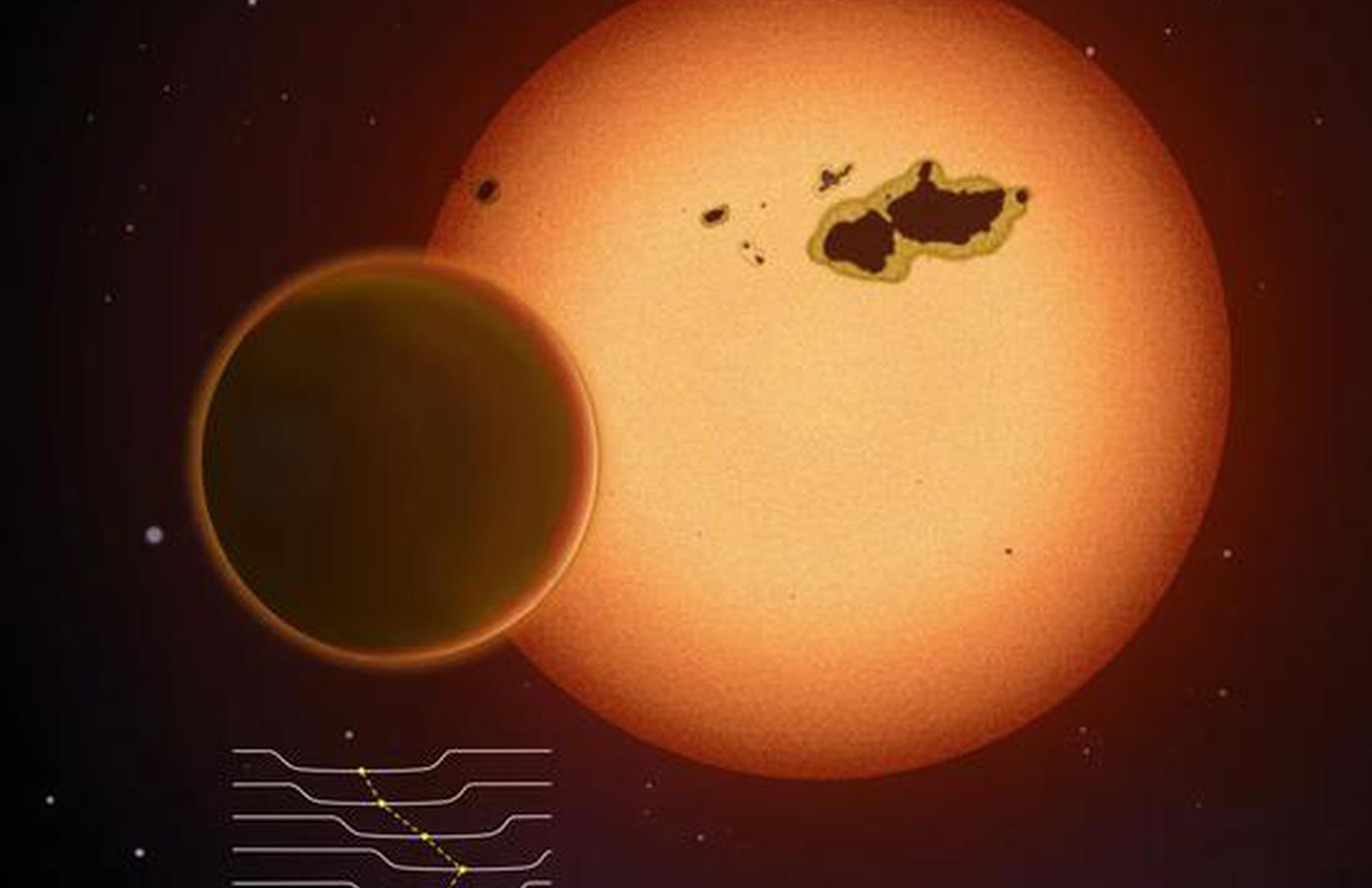Chinese, German scientists discover super-Earth with potential habitability
(ECNS) -- Chinese and German scientists have, for the first time, used the transit timing variation (TTV) technique to detect a super-Earth, about 10 times the mass of our planet, within the habitable zone of the Sun-like star Kepler-725, the Chinese Academy of Sciences (CAS) said Tuesday.
Kepler-725c, the newly discovered non-transiting planet, orbits a G9V host star every 207.5 days. During part of its orbit, the planet lies within the host star’s habitable zone, making it a potential candidate for habitability, CAS said.
By analyzing the TTV signals of Kepler-725b, a gas giant with a 39.64-day orbit in the same system, the team successfully inferred the mass and orbital parameters of the hidden planet Kepler-725c.
Unlike the transit method and radial velocity (RV) observations, the TTV technique does not require the planet's orbit to be edge-on or rely on high-precision RV measurements of the host star. This makes the technique particularly well-suited for detecting small, long-period, non-transiting habitable planets that are otherwise difficult to discover, according to CAS.
It may potentially harbor carbon-based life like that on Earth, but further investigation is required to assess whether the discovered habitable planet truly possesses conditions suitable for life, said Gu Shenghong, team leader at Yunnan Observatories.
The research was jointly conducted by CAS, Xi'an Jiaotong-Liverpool University, Nanjing Institute of Astronomical Optics and Technology, and Germany's Hamburg Observatory.
The findings were published in the journal Nature Astronomy on Tuesday.
(By Zhang Dongfang)

